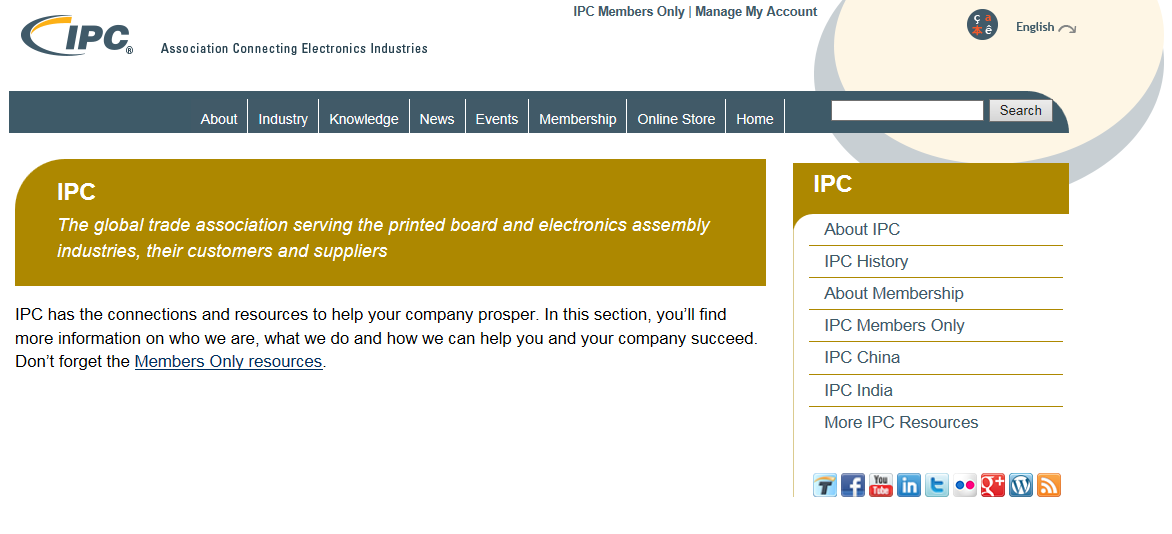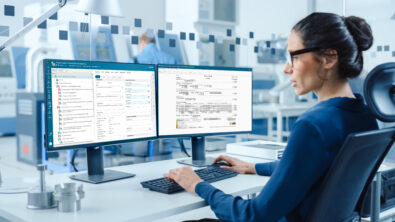Data Exchange Standards to Facilitate Supplier Declarations

A large percent of components in manufactured products today are comprised of components sourced from suppliers. This means that if the manufacturer’s goal is to understand the full composition of their products, they must first pull all of the declaration information on supplied parts into the product picture before doing any type of analysis.This is no small task, especially for manufacturers dealing with 100s to 1000s of suppliers and supplier parts within a deep multi-level supply chain.
Automation is the best way to approach data exchange with your suppliers.If done the right way, it minimizes the chance for errors, and speeds up the process of requesting, gathering and validating supplier declaration data.Automation could include integration to supplier material databases, or simply automating the exchange processes between the manufacturer and suppliers via email or web portals.Making the leap from manual entry of supplier data to automation of data exchanges will require the use of industry data exchange standards.

Especially in the electronics industry, standards created by the IPC association are used to facilitate machine to machine data processing through use of XML.Using these standards can improve quality of declaration data and turnaround times for data exchange.Standards created and maintained by the organization include:
IPC-1752A: the materials declaration standard for companies in the supply chain to share information on materials and substances in products. The standard is supported by an XML schema and a data model. IPC-1752A with Amendments 1 & 2 & 3 can be downloaded by visiting www.ipc.org/1752. It’s important to understand the different classes for this standard:
Class A: contains questions for the supplier to answer. e.g. Product(s) meets EU RoHS requirements without any exemptions
Class C: contains substance categories. e.g. Lead/lead compounds or Mercury/mercury compounds
Class D: requires respondents to provide full material disclosure.In other words, list all materials and substances used in your components
IPC-1753: facilitates the exchange of laboratory chemical analysis reports between supply chain members. This standard includes a standardized laboratory report format and method to exchange the information. The need for this standard comes from requests for companies to provide laboratory analytic data to show compliance with the RoHS Directive and other regulatory and customer requirements. This standard is available in the IPC bookstore at www.ipc.org/1753.
IPC-1755: allows companies in the supply chain to exchange information related to conflict minerals. The conflict minerals regulations requires publically traded companies to report whether conflict minerals (tin, tantalum, gold, or tungsten) contained in their product are sourced from the Democratic Republic of Congo (DRC). IPC-1755 can be downloaded by visiting www.ipc.org/IPC-1755.
As I stated earlier, automation of the supplier data exchange process is the best approach to use to ensure the quality and timeliness of data coming in.Supporting the IPC standards mentioned above in software solutions will help you keep up with changing regulations.
One example of a highly automated supplier declaration process is the Teamcenter BOMcheck integration.This pulls in supplier data from BOMcheck to Teamcenter in the right format and allows for a complete view of parts and assemblies before grading for compliance against regulations such as REACH, RoHS, GADSL and Conflict Minerals.
“Supporting industry standards is essential for efficient and accurate data exchange through supply chains” commented BOMcheck Director Aidan Turnbull, who serves as co-chair of the IPC 1752A standard and the IPC 1755 standard.“Supply chains in the electronics industry are typically 5 to 7 layers deep and standardized formats for reporting help improve data quality and reduce costs for suppliers and their customers”.
Using an enterprise PLM framework for this automation makes it easy for you to effectively collaborate with your suppliers using industry standards, while integrating the data into the product development process for consumption from users across your enterprise.Siemens PLM Software’s Teamcenter can help you achieve your supplier data exchange goals. Find out more by visiting our website and reading other articles on automating the supplier declaration process.
About the blogger:
Tedie West is the Siemens PLM product manager for Teamcenter materials management, compliance and sustainability solutions. He serves on several data exchange committees used throughout the industry such as IPC and IEC that are important for interacting with suppliers to get material and compliance information. Tedie has been with Siemens PLM for almost 15 years and prior to working in the materials management and compliance domains, Tedie worked on 4th generation design, retail and apparel, and supply chain solutions within Siemens PLM.


